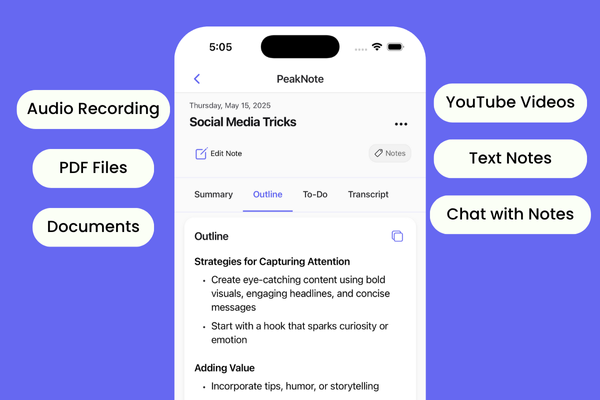Metaverse Software is a rapidly developing (virtual) reality, not just the newest buzzword in the IT sector. With Facebook's long-term commitment to becoming the Mecca of metaverses, questions remain about how these virtual worlds will be organized after bursting into existence with a resounding big bang.
Rest assured, though, that RisingMax keeps track of everything important to our partners. Since Metaverse Software Development has an impact on the larger techno-social world, we will discuss some of its core components in this article.
Describe the Metaverse.
The term "metaverse" was first used in 1992 in Neil Stephenson's science fiction book Snow Crash, which describes the emergence of a dystopian digital reality in which the real world has become uninhabitable and the only way out is through virtual reality.
However, Metaverse Software Development is maintaining its sanctity in its marketed form. According to Facebook, the Metaverse would combine real world and virtual worlds, allowing for peer-to-peer, lifelike interaction in virtual workplaces. Collaborations would mimic actual situations where AR and VR components would be combined to let users experience conditions that are not constrained by the laws of physics (perhaps). On the metaverse, you could theoretically engage in any activity, including travelling, playing, working, and running.
Many futurists consider the current state of the web to be riddled with gaps and insurmountable chasms. According to them, the metaverse could serve as the unifying force that creates interoperable, multisensory, and economically viable conditions.
Facebook isn't the only platform that promotes the idea of the metaverse, as we would learn in the following sections of this article. In fact, with the aid of AR VR software development, these mixed reality environments are taking both centralised and distributed approaches to becoming mainstream.
Let's examine the two qualities that characterise a Metaverse platform the most:
Interactivity
The AR and VR components of the Metaverse software technology would interact with one another. A Metaverse app should resemble the real world in terms of space and time. Physical interactions may take the form of dynamic, auditory, and visual interactions. The same types of digital collaboration experiences are anticipated from a metaverse platform.
Interoperable
One or more Metaverse platforms should be able to communicate with a Metaverse app (s).
The development of the Metaverse app suggests a broad range of unexplored technological horizons. Its provisions could range from limiting experiences to open-ended, transmutable ones depending on who is developing it, be it a Metaverse software startup or a legacy bigwig. Likewise, there is no shortage of toolkits that can be used to bring about this future reality. The Unreal Engine, Unity, Amazon's Sumerian, Blender, and Maya are examples of such developer toolkits.
According to Bloomberg Intelligence, the market for Metaverse technology is anticipated to be worth $800 billion by 2025 and could potentially reach the $2.5 trillion mark by 2030. In order to reshape both virtual reality technology and the future, the industry has been receiving the external stimuli of attention it requires. Let's look at some of the major initiatives that sparked the development of Metaverse technology.
The Metaverse's Underlying Technologies
Let's take a look at some of the technologies that are bringing order to this space's chaos.
Bitcoin and blockchain
If cryptocurrencies were having trouble finding practical applications in the economy, they do so now. The purchase and sale of assets in virtual environments can be encouraged by the use of digital currencies.
Non Fungible Tokens (NFT) can be used to prove authenticity and ownership. Once the metaverse is up and running, blockchains will legitimise the storage, credibility, and transfer of crypto-value.
Blockchain technology has proven to be interoperable, immutable, and scalable—three KPAs that are sorely lacking in the future of virtual reality technology. They will serve as the technological pillar that firmly establishes custodianship of digital assets alongside cryptocurrencies.
Virtual and augmented reality
The foundation of any metaverse project is AR and VR. Three fundamental components—coupling the real and virtual worlds, real-time interaction, and accurate 3D object visualization—underlie how augmented reality systems work.
Since AR apps can be downloaded and used on any camera-enabled device, they have a higher adoption rate than VR apps. AR enriches objects with immersive elements that increase information. Ad-hoc wearables are not necessary for users to benefit from augmented reality.
While VR is entirely simulated and takes place in a digitally created world, the former is not. It is employed to provide sensory experiences that are on par with the user's physical reality. Due to the additional hardware required, such as a head-mounted display or multimodal projection screen, VR systems are slightly more expensive than AR systems (s).
In metaverse VR apps, we would experience a hybrid of AR and VR, also known as Extended Reality (XR).
Issues in the Metaverse
It is time to examine the drawbacks and difficulties of metaverses now that we have a basic understanding of some examples and the future of virtual reality in relation to them.
It is unknown how identity authentication and privacy control will be handled because a super-moderator, fiduciary, or regulatory body for the metaverse(s) has not yet been established, if at all. Modern Identity Access Management systems must be incorporated into the metaverse's metaphorical nervous system.
Additionally, for increased data protection, state actors ought to think about bringing the still-developing sector under GDPR or a revised version of it.
On behalf of Metaverse, there is very popular technology, and Metaverse is linked to it. This technology is called NFT. Hire the company that makes NFT launchpad development for your business.
Get Started in the Metaverse
RisingMax is a global IT solutions company that employs some of the best minds in the business. We've collaborated with some of the most well-known brands on earth to develop original business ideas. Your launchpad for your metaverse debut will be provided by our team of 650+ experts. Connect with us to learn more about the possibilities.

